Table of Contents
- 1. Introduction: The Rise of Tech in Education
- 2. Why Read Theory Is a Game-Changer for Reading Improvement
- 3. The Science of Tech-Based Learning: Why It Works
- 4. Step-by-Step Guide to Using Tech to Enhance Reading Skills
- 5. Top Tech Tools to Pair with Read Theory (2024 Edition)
- 6. Eye-Opening Statistics: How Technology Transforms Reading Education
- 7. Free vs. Paid Tech Tools: Which Option Is Best for Your School?
- 8. FAQs: Addressing Key Questions About Read Theory and Tech Integration
- 9. Conclusion: Empowering the Next Generation of Readers with Read Theory Technology
1. Introduction: The Rise of Tech in Education
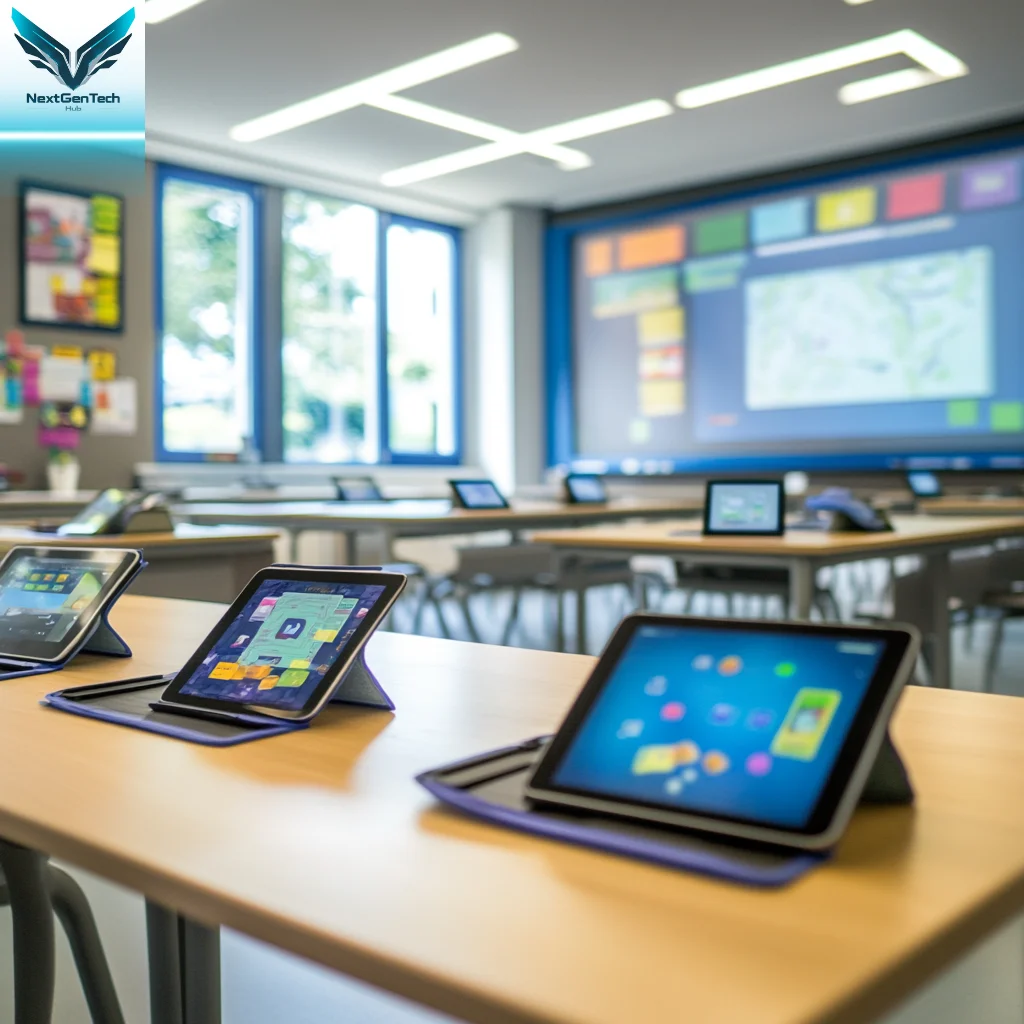
As technology continues to reshape industries, one sector that has seen significant evolution is education. Traditional methods of teaching are being increasingly replaced or complemented by digital learning tools that offer a more engaging, adaptive, and efficient way of teaching students. One such platform making waves in the world of education is Read Theory, an online tool that aims to improve reading comprehension for students of all ages.
In this comprehensive guide, we’ll explore how you can use tech tools alongside Read Theory to dramatically improve reading outcomes, offering step-by-step guidance, the latest innovations in education tech, and real-world statistics to back it up. Whether you’re an educator looking to enhance your classroom or a parent wanting to support your child’s reading skills, this guide will walk you through everything you need to know.
2. Why Read Theory Is a Game-Changer for Reading Improvement

Read Theory is an adaptive learning platform that focuses on improving students’ reading comprehension. Unlike traditional worksheets, it uses data-driven algorithms to adjust the difficulty of reading passages and comprehension questions based on student performance. But why does it stand out?
Key Benefits of Read Theory:
- Tailored Learning Paths: Students receive content that aligns with their current reading level, making learning challenging yet achievable.
- Immediate Feedback: After each quiz, students can see where they succeeded or failed, reinforcing learning through quick correction.
- Engaging for Diverse Learners: With materials available for various reading levels, from early learners to advanced students, Read-Theory caters to a broad range of abilities.
3. The Science of Tech-Based Learning: Why It Works
The Brain and Technology: A Perfect Match for Learning

Research has shown that interactive and adaptive learning platforms can significantly improve academic outcomes, particularly in reading comprehension. According to a report by the International Literacy Association, students using tech-based platforms such as Read Theory experience a 35% improvement in reading skills after just one semester.
Why Is Technology So Effective in Education?

- Adaptive Learning: Technology can adapt in real-time, providing individualized learning experiences. This creates a feedback loop where students are always working within their “zone of proximal development,” challenging but not overwhelming them.
- Multisensory Engagement: Digital learning tools often include visual, auditory, and interactive elements, engaging multiple senses and promoting better retention of information.
- Instant Feedback: Unlike traditional learning methods, where feedback can be delayed, tech-based learning tools provide immediate feedback, reinforcing correct answers and allowing students to quickly correct mistakes.
4. Step-by-Step Guide to Using Tech to Enhance Reading Skills

Now that you understand the value of Read Theory, it’s time to explore how to effectively integrate this tool with other technologies for maximum reading improvement.
Step 1: Choosing the Right Tech Tools for Read Theory
There are several free and paid tools that can significantly boost the effectiveness of Read Theory in the classroom or at home.
Recommended Tools for 2024:
- Google Classroom: Ideal for organizing lessons, assigning Read Theory quizzes, and monitoring student performance.
- Kahoot!: This quiz-based platform turns learning into a game, making it perfect for post-Read-Theory review sessions.
- Epic!: A massive digital library that educators can use to supplement Read Theory assignments with additional reading material.
Comparison of Tools:
| Tool Name | Features | Price |
|---|---|---|
| Google Classroom | Organizes lessons, integrates with Read Theory | Free |
| Kahoot! | Fun, interactive quizzes | Free (Basic) |
| Epic! | Digital library, reading logs | Free for Educators |
Step 2: Integrating Read Theory into Digital Platforms
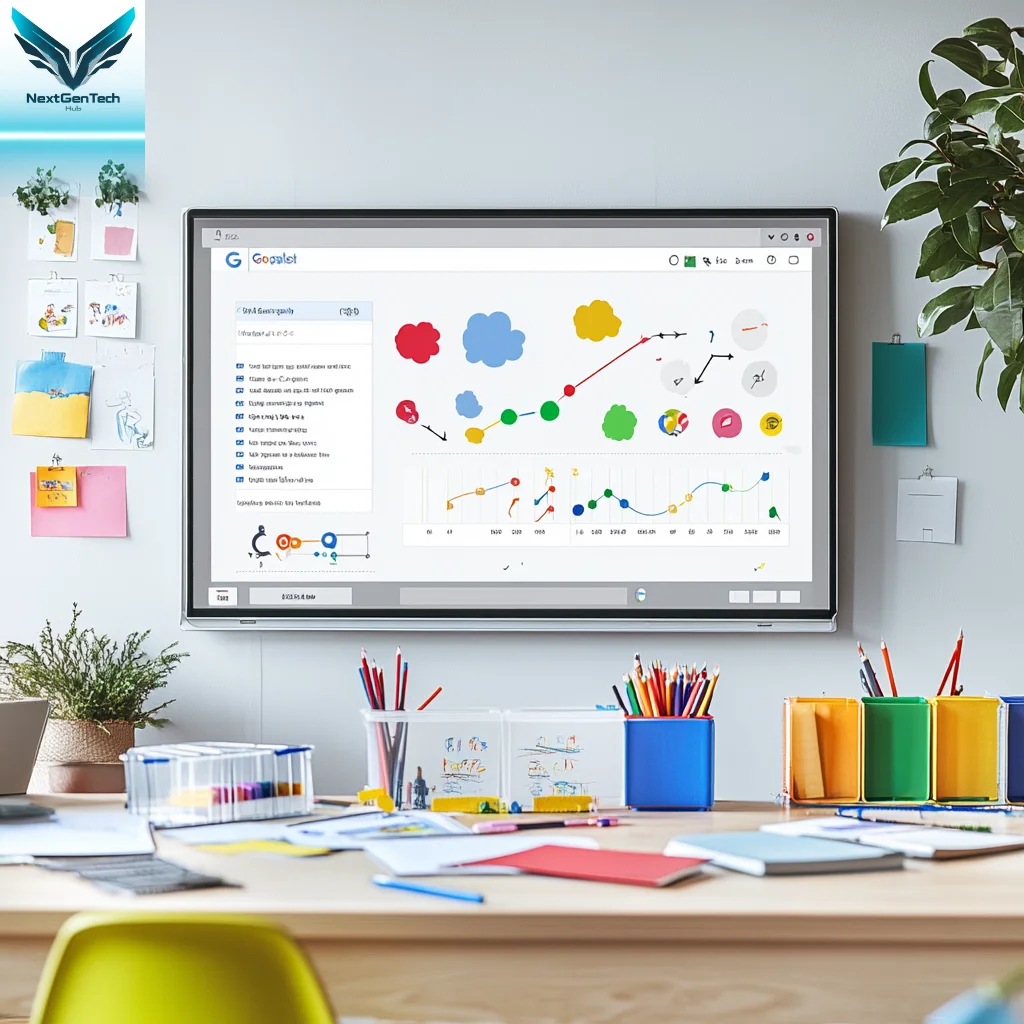
Read Theory is powerful on its own, but to maximize its potential, integrating it with other digital platforms is essential. Here’s how you can do it:
- Google Classroom: Teachers can assign Read Theory quizzes through Google Classroom, track performance, and set learning goals directly through the platform.
- Kahoot! Integration: Use Kahoot! for end-of-week reviews. After students complete their Read-Theory quizzes, you can use the platform to create review games that reinforce reading comprehension.
- Tablet or Chromebook Integration: Ensure students have easy access to Read Theory via tablets or Chromebooks, so they can complete quizzes during free time or at home.
Step 3: Engaging Students with Interactive Technology

Using Read Theory in isolation is beneficial, but when paired with interactive technology, it becomes even more effective. Here’s how to engage students:
- Gamification: Add a layer of gamification to your classroom by awarding digital badges or points for students who achieve milestones on Read Theory.
- Group Collaboration: Organize students into groups to discuss their Read-Theory quiz responses. This teamwork fosters analytical thinking and helps them learn through shared insights.
- Visual Tools: Pair Read Theory quizzes with videos, images, or mind maps that help students visualize the stories and information they’re reading.
Step 4: Monitoring Progress with Data Analytics and Feedback

One of the standout features of Read Theory is its detailed data analytics, which gives teachers real-time insights into student progress. Use this data to:
- Track Growth: Measure improvements in reading comprehension over time and adjust teaching methods accordingly.
- Set Goals: Based on quiz performance, set individualized reading goals for each student. This helps to keep students motivated while giving them a clear target to aim for.
- Immediate Feedback: Ensure students review their quiz answers right after completion, reinforcing the correct answers and explaining why certain choices were incorrect.
Step 5: Personalizing Learning Through Adaptive Tech

Personalization is key to improving reading skills. Here’s how you can take advantage of Read-Theory’s adaptive learning features:
- Tailor Quizzes to Each Student: Read Theory adjusts the difficulty of quizzes based on a student’s performance, ensuring that the questions are neither too easy nor too hard.
- Use Data to Assign Additional Resources: Based on each student’s weaknesses, you can assign extra reading material, videos, or interactive exercises that focus on improving specific skills (e.g., vocabulary or inferencing).
5. Top Tech Tools to Pair with Read Theory (2024 Edition)
Here are some of the best tech tools for enhancing the learning experience with Read Theory:
1. Immersive Reader (Microsoft)
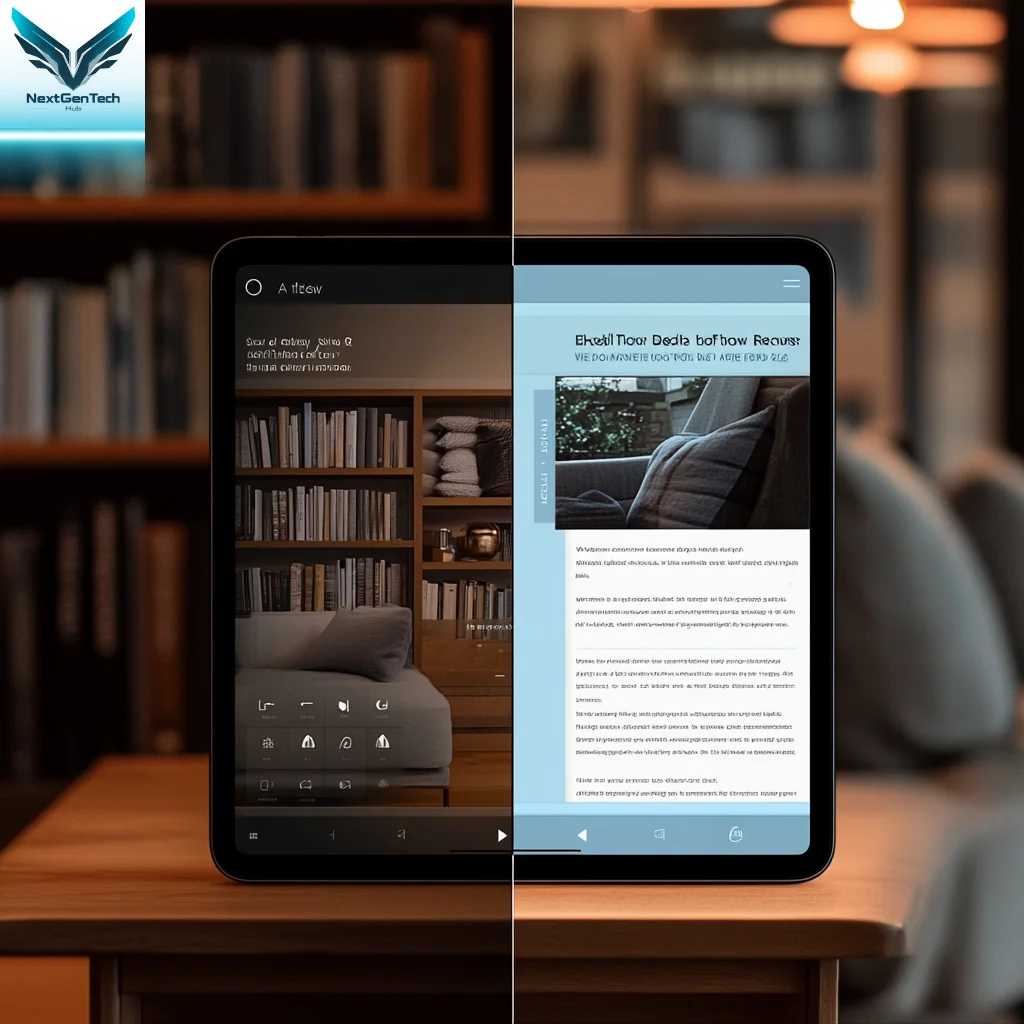
This tool reads text aloud, highlights sentences, and allows students to break down complex words, making it perfect for students with reading difficulties. Pairing it with Read-Theory ensures comprehension for struggling readers.
Price: Free.
2. Reading Eggs
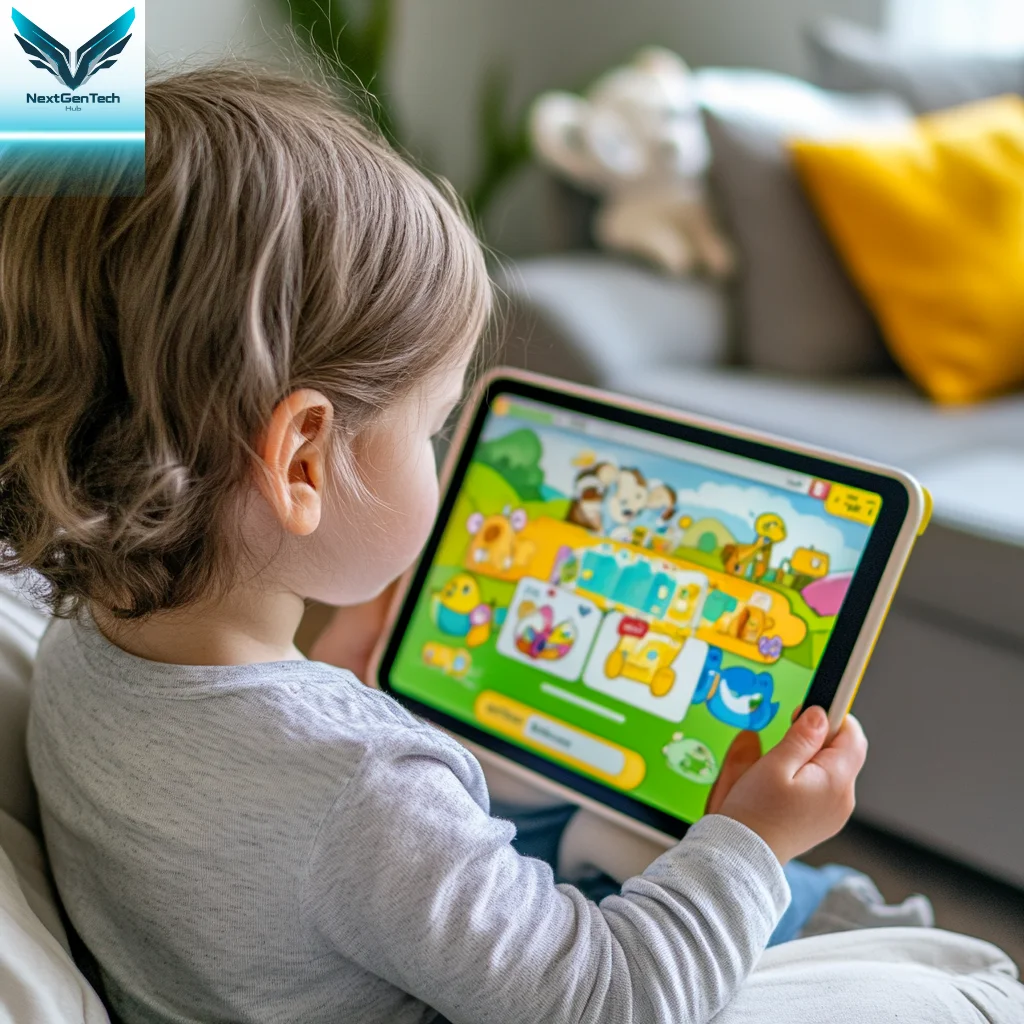
A popular online platform that gamifies reading for younger learners. Reading Eggs works well with Read Theory by providing phonics-based lessons that can be paired with comprehension quizzes.
Price: $9.95/month.
3. Nearpod

An interactive lesson platform that allows teachers to create lessons incorporating quizzes, videos, and virtual reality experiences. Use it alongside Read Theory to add depth to reading comprehension lessons.
Price: Free for basic features.
Product Comparison:
| Tool Name | Features | Price |
|---|---|---|
| Immersive Reader | Reads text aloud, highlights key words | Free |
| Reading Eggs | Phonics-based games and lessons | $9.95/month |
| Nearpod | Interactive lessons, quizzes, and VR | Free (Basic) |
6. Eye-Opening Statistics: How Technology Transforms Reading Education
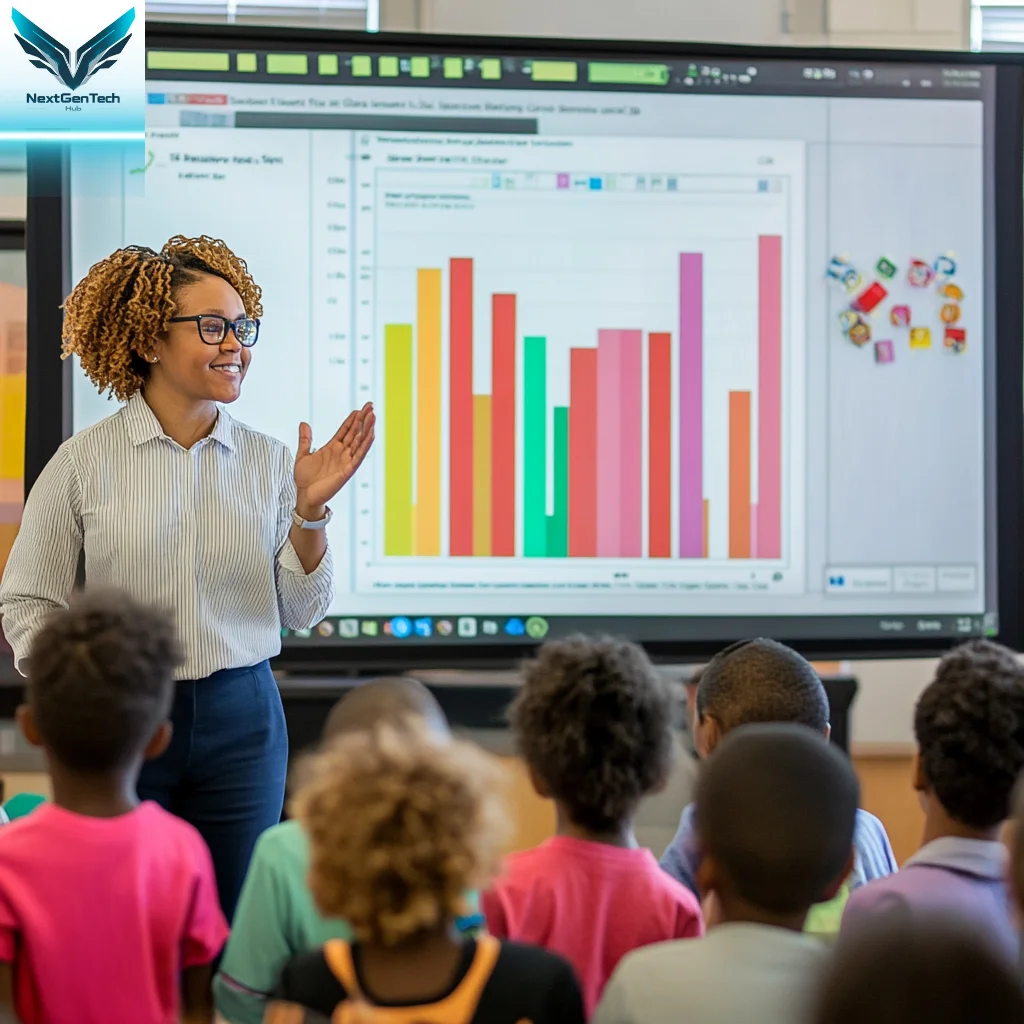
The Data Behind Tech-Enhanced Learning
- According to a 2023 report by The Journal of Educational Research, students who used tech-enhanced learning tools like Read Theory saw a 45% increase in reading comprehension scores within one academic year.
- A survey by EdTech Digest found that 87% of teachers reported higher levels of student engagement when using interactive reading tools like Read-Theory alongside other digital platforms.
- 81% of students said they preferred using adaptive learning tools like Read Theory over traditional reading assignments because of the personalized nature of the quizzes and immediate feedback.
7. Free vs. Paid Tech Tools: Which Option Is Best for Your School?

While free tools like Read Theory and Google Classroom offer robust functionality, some schools may benefit from paid options. Let’s compare:
| Feature | Free Tools | Paid Tools |
|---|---|---|
| Cost | Free | $5-$10/month per user |
| Features | Limited customization, basic analytics | Advanced analytics, tailored feedback |
| Ease of Use | Simple setup, easy integration | More complex, with additional customization |
| Support | Community-based support | Dedicated customer support |
Verdict: For schools with limited budgets, free tools like Read Theory provide excellent value. However, paid options may offer more advanced features for schools looking to expand their digital learning capabilities.
8. FAQs: Addressing Key Questions About Read Theory and Tech Integration

Q1: Is Read Theory suitable for all age groups?
Yes, Read-Theory offers quizzes for a wide range of reading levels, making it suitable for early learners as well as advanced students.
Q2: Can I track my student’s progress on Read-Theory?
Absolutely. Read Theory provides teachers with detailed reports that track each student’s reading progress over time.
Q3: Are there any costs associated with Read Theory?
No, Read-Theory is completely free for students and educators.
Q4: What’s the best tech tool to pair with Read Theory?
For classroom management, Google Classroom is a great companion to Read-Theory. For supplementary reading materials, Epic! is a highly recommended tool.
9. Conclusion: Empowering the Next Generation of Readers with Read Theory Technology

Incorporating Read Theory with modern tech tools creates an engaging, effective, and efficient way to boost reading comprehension for students of all ages. From selecting the right platforms to personalizing learning through data analytics, this guide has shown how technology and Read-Theory work hand-in-hand to improve reading skills.
As education continues to evolve, staying ahead of the curve with tools like Read-Theory ensures that today’s learners will not only meet but exceed their reading goals. So whether you’re a teacher, parent, or administrator, it’s time to harness the power of Read-Theory and technology to create a future-ready classroom.
